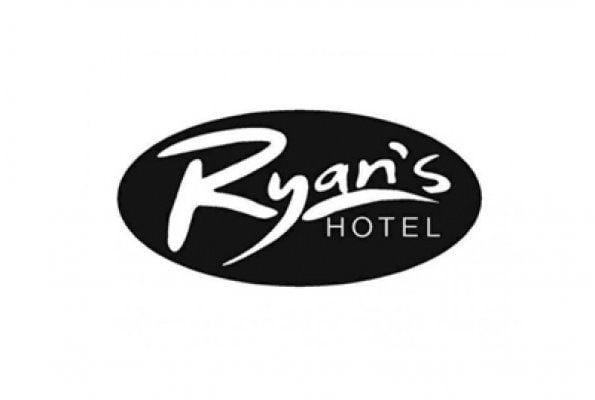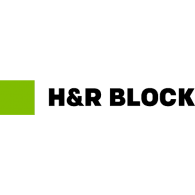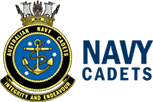Have a Means of Escape and Clear Evacuation Route
)
The capability of the building occupiers to evacuate in the event of a fire or other emergencies to a safe place is a significant factor of emergency and fire safety. In a more complex building, trained staff must be appointed to assist other occupants such as those that are not familiar with the building, disabled persons, etc.
The structural means which a safe Evacuation Route is provided for the people to traverse from any location in the building to a muster point without assistance from the outside is called means of escape.

A workplace or multifunction building is required to have an evacuation diagram that all employees, occupants, and guests are aware of. Drills must be set in place to practice and exercise the evacuation procedures and to ensure that any person who may require specific assistance is identified and proper evacuation plan will be applied.
The responsible person such as the building owner, manager, or employer holds the duty to protect the safety of other occupants, employees and guests and must ensure the following:
- All emergency routes and exits must be kept clear from any obstructions at all times
- All emergency routes and exits must directly lead to a place of safety commonly known as a muster point
- In the event of an emergency, occupants should be able to evacuate the establishment as quickly as possible
- The number, distribution, and dimensions of emergency routes and exits should be sufficient considering the use, equipment, and dimensions of the area and the maximum number of persons who may be present at any time
- Emergency doors should open towards the direction of escape
- Sliding or revolving doors should not be used for exits specifically emergency exits
- Emergency doors should not be locked or fastened; they should be easily and immediately opened by any person who may need to use them in an emergency
- Emergency routes and exits must be indicated with signs
- Emergency routes and exits must be adequately illuminated by emergency lighting with alternate power supply in case of a power outage
The employees/occupants as well have their responsibility. They must always cooperate with the responsible person to ensure that the establishment is safe from fire and its effects. They must not do anything that may put themselves and other people at risk.

)
)
)
)
)
)
)
)
)
)
)
)
)
)
)
)
)
)
)
)
)
)
)
)
)
)
)
)






